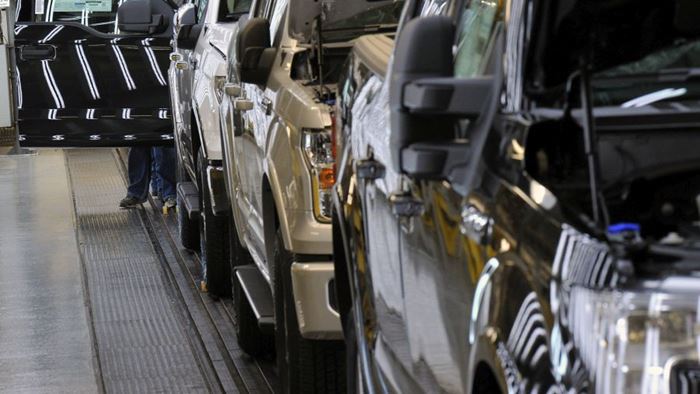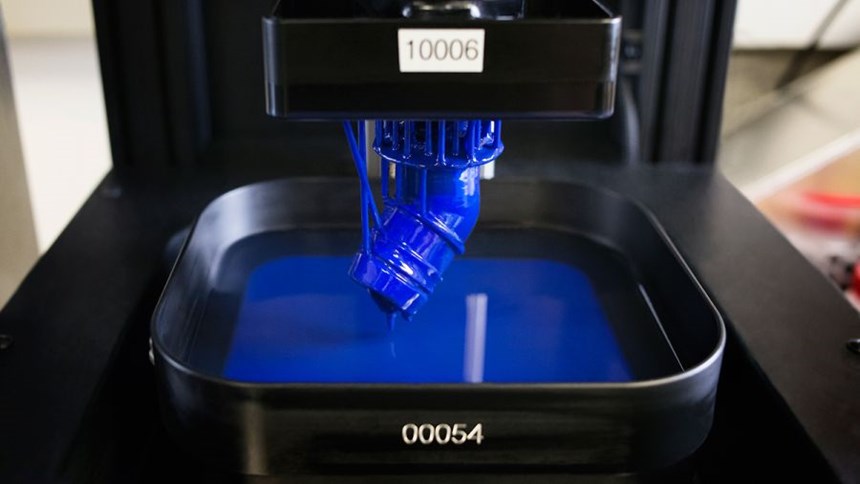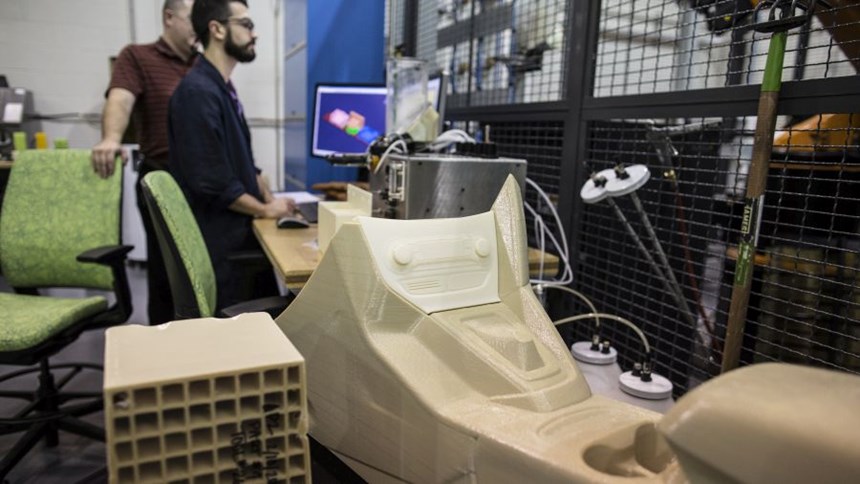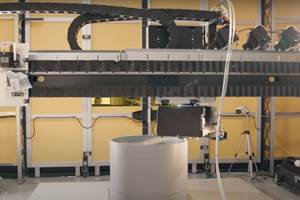Ford Crossing Bridges to Additive Manufacturing in Automotive Production
The automaker is actively working to bridge the gaps keeping additive manufacturing from advancing into automotive parts production. Partnerships that help that advance are vital.
With nearly 30 years of experience using 3D printing for prototyping work, the Ford Motor Company is now throwing its weight behind bringing additive manufacturing into functional automotive applications. Over the past several years, it has supported a dedicated additive manufacturing research program aimed at exploring and developing potential AM applications.
Headed by Ellen Lee, technical leader, that program has a short-term goal of applying AM technologies today for tooling, fixtures, and manufacturing aids. But long-term, says Lee, its goal is to “advance the technology to bridge gaps for durable automotive components.” I recently had the chance to talk with Lee about this. The various gaps she and others in Ford are working to address include:
- Durability. The ability to build robust components that will meet or exceed all of Ford’s requirements will be necessary to expand the scope of AM’s application in the auto industry.
- Materials. Lee notes that the majority of materials available for AM have been developed for prototyping or for medical and aerospace applications. Automotive-grade materials are essential to help make AM viable for this industry.
- Scale. Size and speed of current AM technologies do not have the capability for volume automotive applications.
- Supply chain. No robust automotive supply base exists for AM parts.
Internally, Ford is working to solve these challenges through its own R&D capabilities. Team members are discovering what properties are necessary in functional AM components for vehicles, developing novel applications for new materials, and experimenting with post-processing techniques. As part of internal design challenges, Ford engineers propose part designs for niche applications using 3D printing, thereby pushing out additive thinking to the broader organization. All this moves additive manufacturing closer to the production floor.
But the company realizes it will not bridge the gaps alone. That’s why Ford has partnered so closely with AM suppliers. “We want to get in early enough to give feedback on things like capabilities, HMIs, and materials,” says Lee. To get the equipment and materials necessary for automotive AM, the company is compelled to provide the automotive-industry perspective in all these areas.
These partnerships provide early feedback to machine builders while also allowing Ford to grow its own knowledge base. For example, in 2014 the company partnered with Carbon to test a pre-release version of the Continuous Liquid Interface Production (CLIP) technology.
Another recent instance of such a partnership is Ford’s collaboration with Stratasys in the alpha stages of developing the Infinite Build 3D Demonstrator. This 3D printing system uses thermoplastic extrusion to print on a vertical build platform. By orienting the Z axis parallel to the floor, the machine offers “infinite” Z printing height. Short-term applications for this technology are the creation of tooling and prototype parts.
Lee recognizes that automotive manufacturing is just one perspective and one market that additive manufacturing serves; other industry segments will have different needs. But voicing those varied needs and working to solve the problems they present is the best way to ensure that AM technology advances in ways that are truly useful.
Related Content
3D Printing with Plastic Pellets – What You Need to Know
A few 3D printers today are capable of working directly with resin pellets for feedstock. That brings extreme flexibility in material options, but also requires greater knowledge of how to best process any given resin. Here’s how FGF machine maker JuggerBot 3D addresses both the printing technology and the process know-how.
Read More3D Printed Titanium Replaces Aluminum for Unmanned Aircraft Wing Splice: The Cool Parts Show #72
Rapid Plasma Deposition produces the near-net-shape preform for a newly designed wing splice for remotely piloted aircraft from General Atomics. The Cool Parts Show visits Norsk Titanium, where this part is made.
Read MoreActivArmor Casts and Splints Are Shifting to Point-of-Care 3D Printing
ActivArmor offers individualized, 3D printed casts and splints for various diagnoses. The company is in the process of shifting to point-of-care printing and aims to promote positive healing outcomes and improved hygienics with customized support devices.
Read MoreLarge-Format “Cold” 3D Printing With Polypropylene and Polyethylene
Israeli startup Largix has developed a production solution that can 3D print PP and PE without melting them. Its first test? Custom tanks for chemical storage.
Read MoreRead Next
Postprocessing Steps and Costs for Metal 3D Printing
When your metal part is done 3D printing, you just pull it out of the machine and start using it, right? Not exactly.
Read More3MF File Format for Additive Manufacturing: More Than Geometry
The file format offers a less data-intensive way of recording part geometry, as well as details about build preparation, material, process and more.
Read MoreCarnegie Mellon Helps Industry, Students Prepare for a Manufacturing Future with AM and AI
Work underway at the university’s Next Manufacturing Center and Manufacturing Futures Institute is helping industrial additive manufacturers achieve success today, while applying artificial intelligence, surrogate modeling and more to solve the problems of the future.
Read More
.jpg;width=70;height=70;mode=crop)























